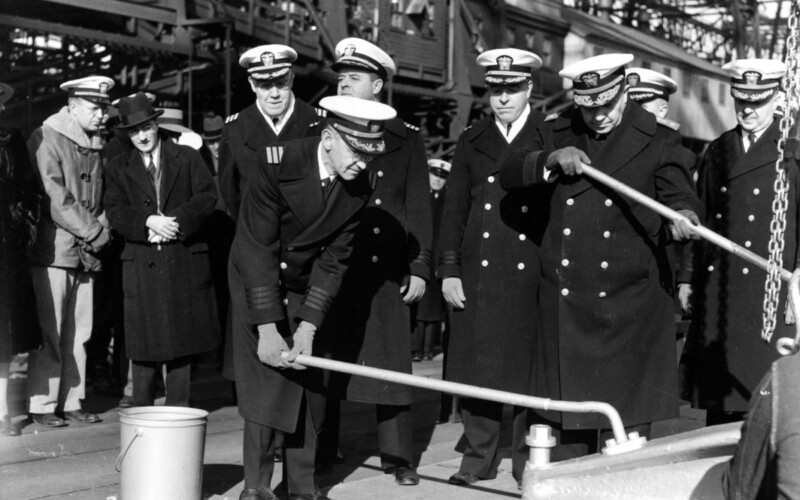We have experience hosting a range of audiences, from college classes to birthday parties to company outings, and we customize our tours to meet your group’s interests and needs.
Book a private tour today
Our favorite week of the year has arrived—it’s Fleet Week! This year’s visitors will include 11 ships from the US Navy, US Coast Guard, and the German Navy, which will …
Read more
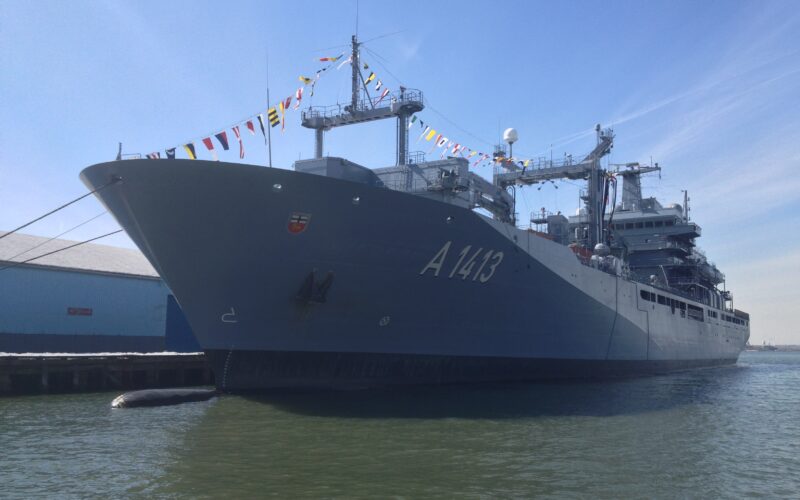
Fleet Week came early this year, as last week the city was visited by USS Cooperstown, which became the first US Navy ship commissioned in New York City since USS …
Read more
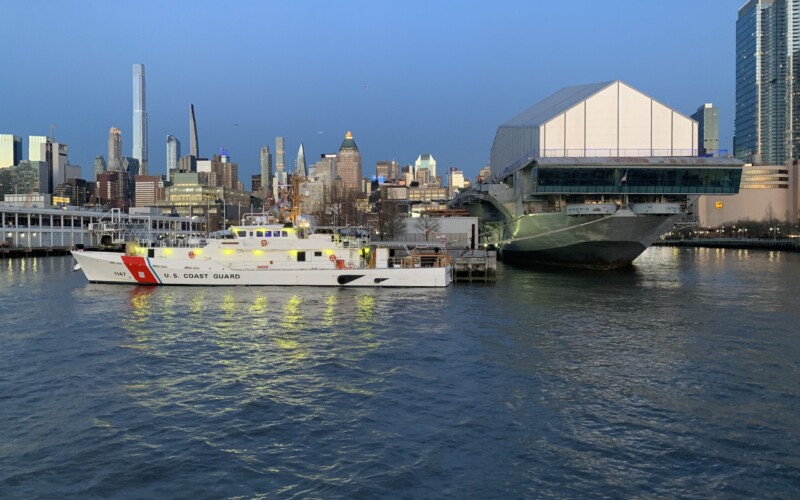
After a two-year hiatus, Fleet Week New York is back! So to mark the day that units arrive in New York for the celebration, we will be looking at some of the …
Read more
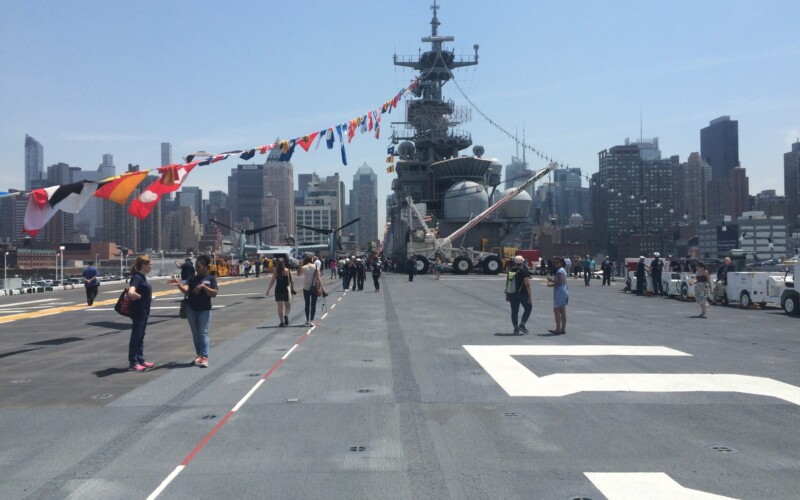
Waterfront workers were at the vanguard of the labor movement; the word “strike” has its origins in work stoppages on the London docks in 1768, when sailors “struck” the sails …
Read more
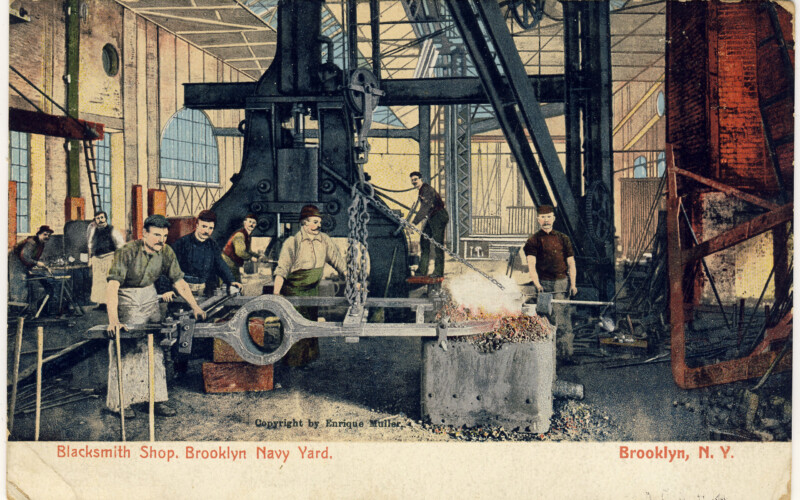
To mark the 80th anniversary since the attack on Pearl Harbor, this virtual program will examine the connections between the fleet in Hawaii in 1941 and the Brooklyn Navy Yard. …
Read more
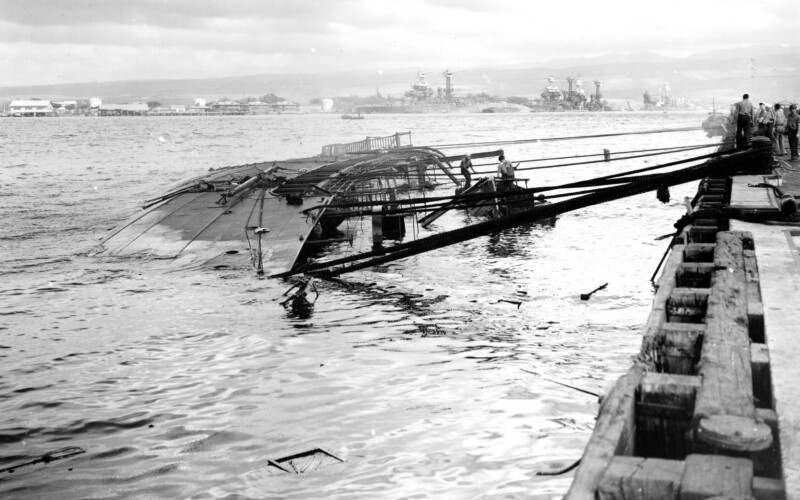
At the dawn of the nineteenth century, the US Navy established six naval shipyards to build, repair, and outfit the fleet. From the “original six”—Boston, Brooklyn, Philadelphia, Portsmouth, Norfolk, and …
Read more
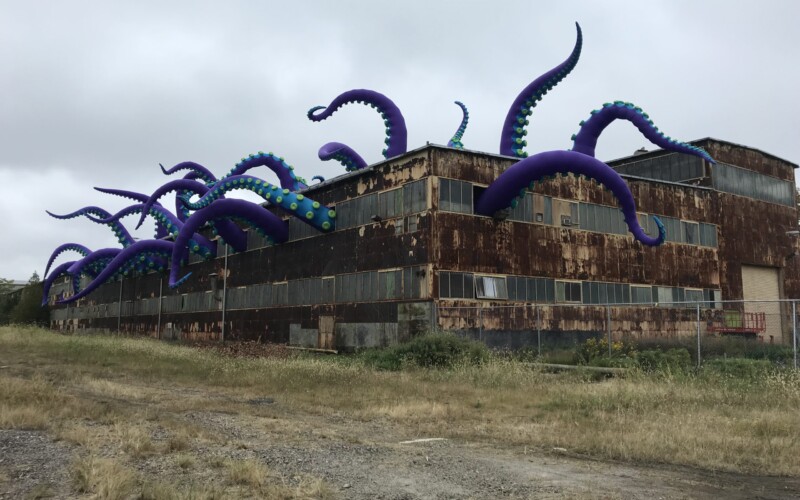
Wire rope helped build many New York City landmarks in the nineteenth century, most notably the Brooklyn Bridge, but it quickly became an essential tool in the maritime industry as …
Read more
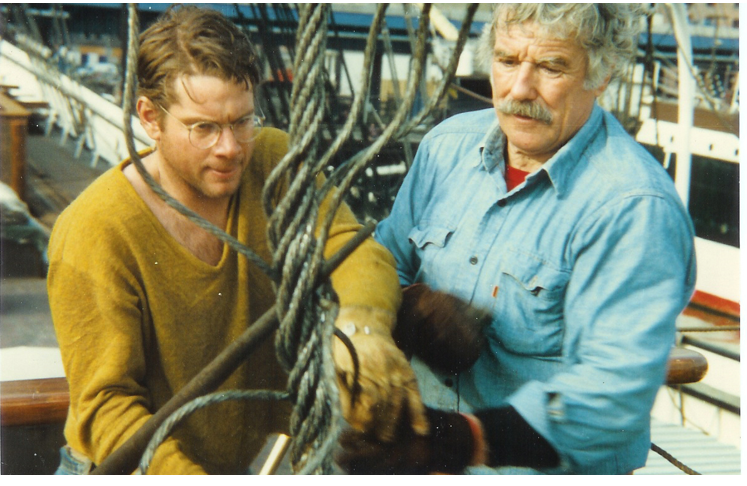
Concrete may seem like an odd material for shipbuilding, but during World War I, severe shortages of steel led to this innovation. Devised by Norwegian immigrants the Fougner brothers, they …
Read more
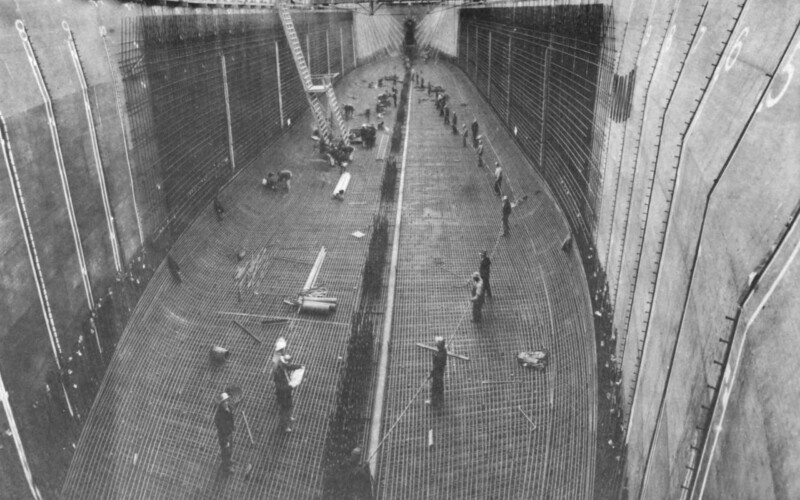
On December 19, 1960, the Brooklyn Navy Yard suffered the worst accident in its history, a devastating fire aboard the USS Constellation that killed 50 workers. This fire was not …
Read more
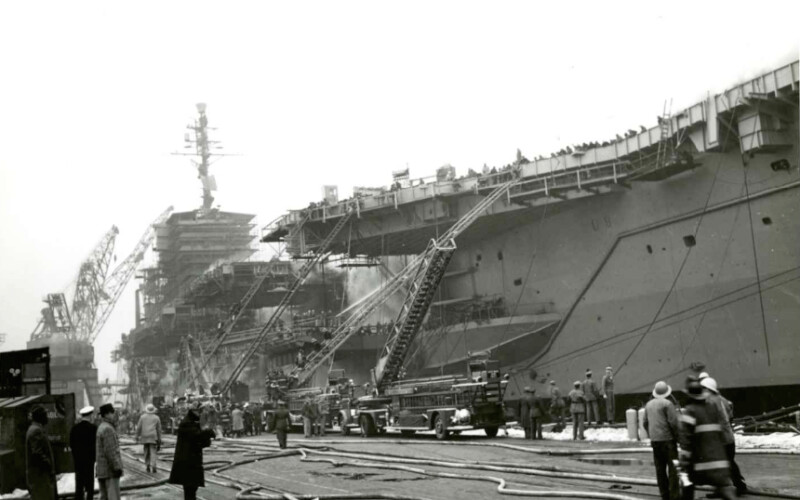
This three-part series is presented in partnership with the New York Council Navy League, with support from Huntington Ingalls Industries. These programs look at over two hundred years of naval …
Read more
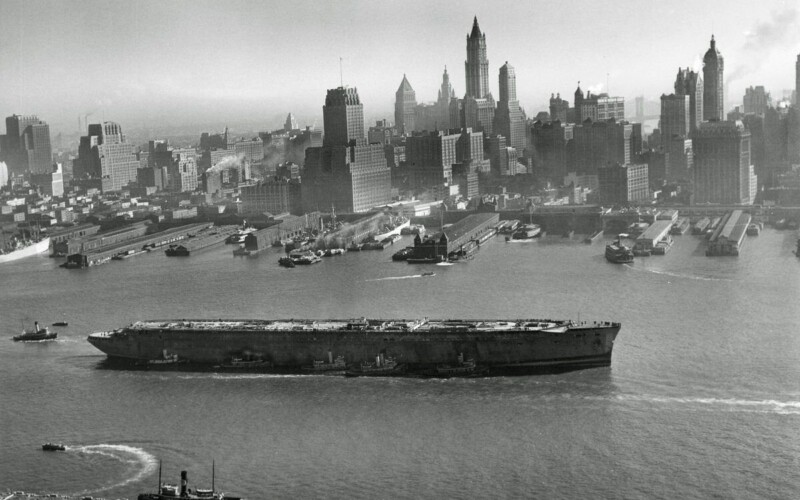
For well over a century, City Island in western Long Island Sound was an important maritime community, not only as a destination for tourists — which it still is — …
Read more
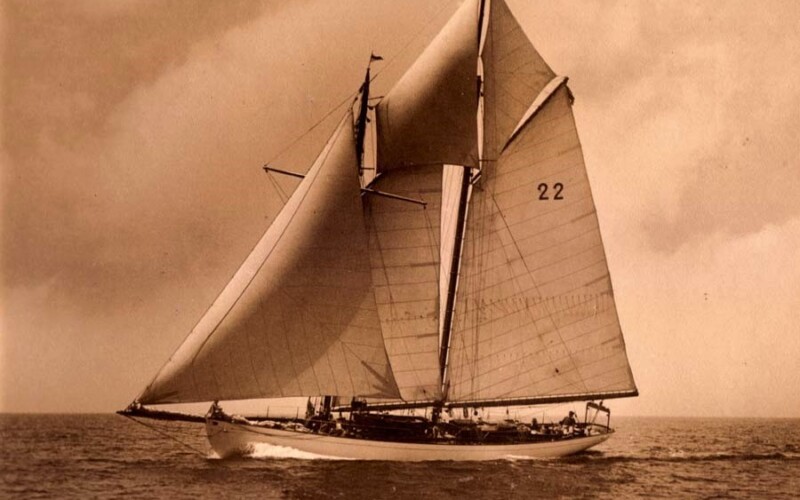
Since its founding over 52 years ago, South Street Seaport Museum has faced the daunting job of preserving its historic fleet. Join us for a photographic voyage with Director of Historic Ships …
Read more
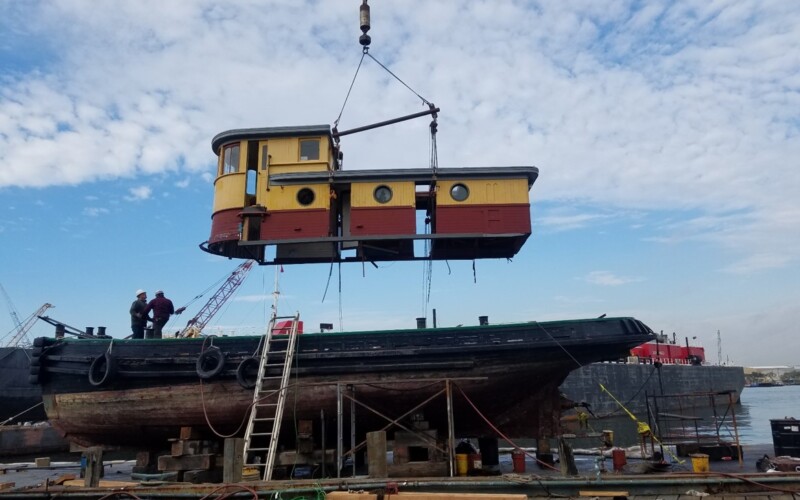
One of the most frequent questions from visitors on our Brooklyn Navy Yard Tours is, where are the ships of the US Navy built today? At its height in 1966, the US …
Read more
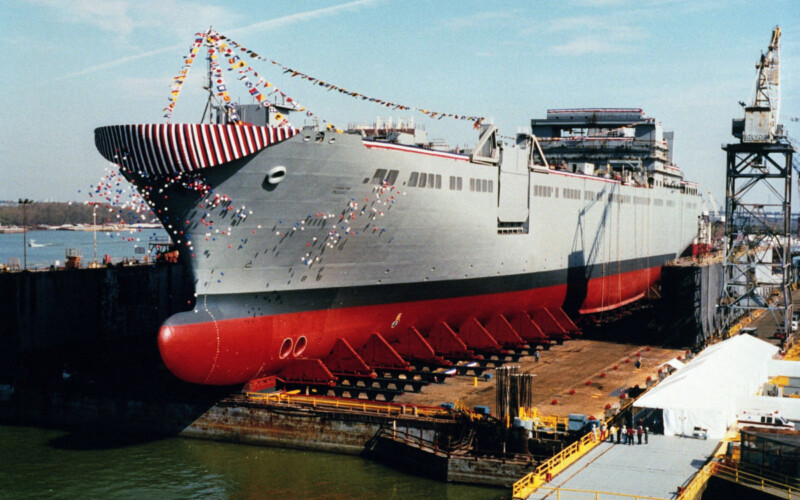
The Whitehall skiff, a style of boat developed in New York 200 years ago, has been changing the lives of teens in the Bronx for the last 20 years at …
Read more
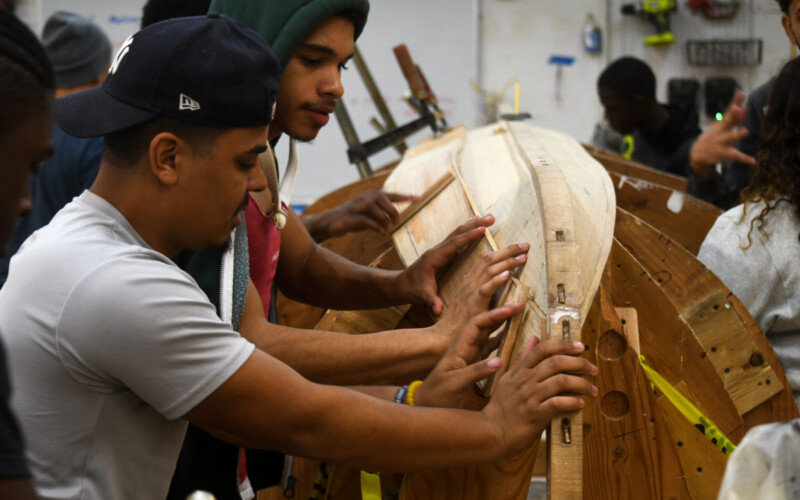
Dive into the collections of South Street Seaport Museum with Director of Collections Martina Caruso, who will share some of the highlights among the museum’s 28,000+ artifacts and 55,000+ archival materials that …
Read more
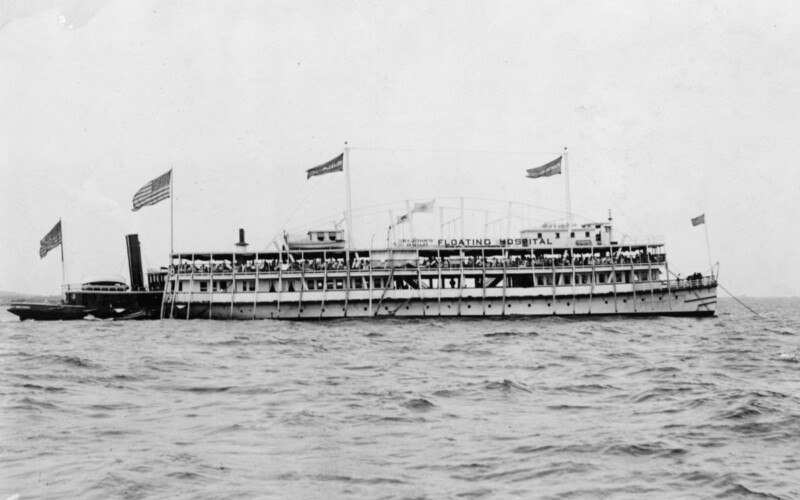
For over 200 years, the Brooklyn Navy Yard has been on the cutting edge of innovation, first as a leading shipyard for the US Navy, and today as a home …
Read more
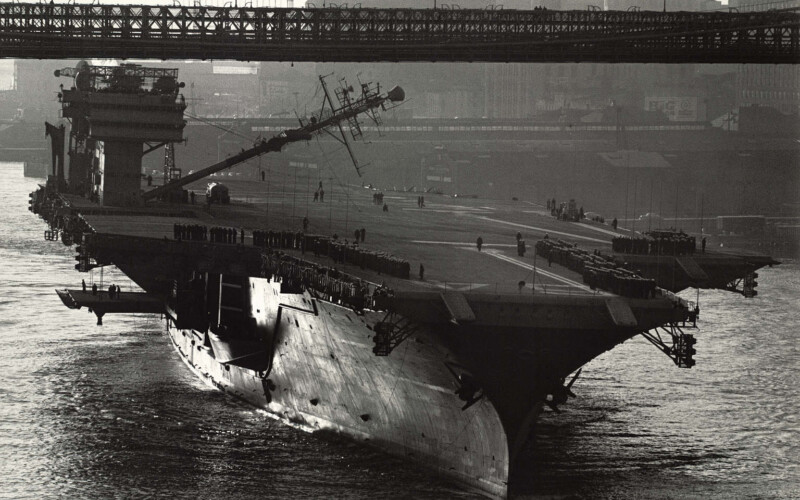
After nearly 12 years of leading tours at the Brooklyn Navy Yard, one of the most difficult questions we get – and almost always from young people – is this: …
Read more
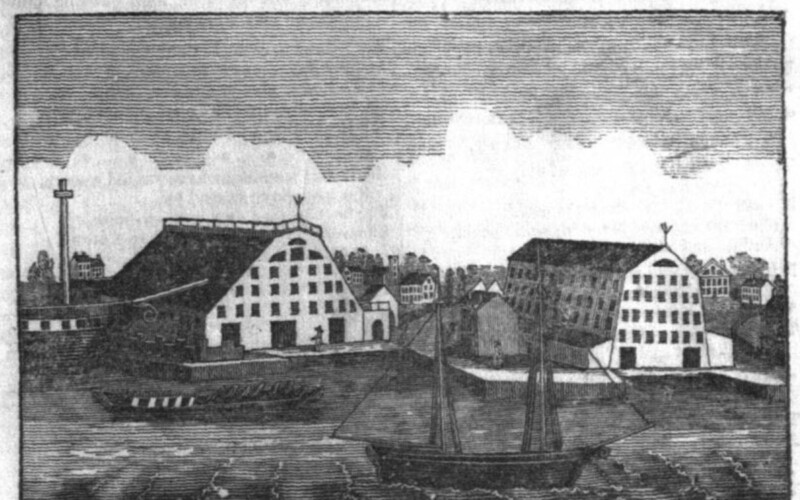
They say a Navy ship has three birthdays: its keel-laying, its launching, and its commissioning. The World War II-era battleship USS Missouri has one more, its recommission in 1986 as part …
Read more
